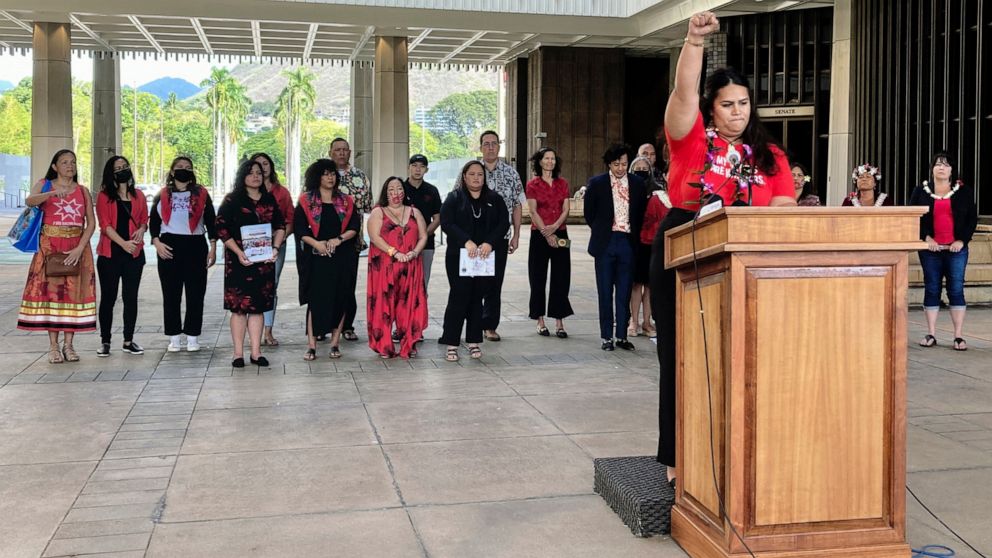
Workers walk near an excavator loading coal onto a truck at a coal port in Hanoi
Wed, December 14, 2022
By Francesco Guarascio
HANOI (Reuters) -The Group of Seven (G7) industrialised nations will provide $15.5 billion to help Vietnam transition away from coal, the British foreign office said on Wednesday.
The deal, previously reported by Reuters, will be the third agreement of this type reached by G7 nations, as pressure mounts on rich, heavy-emitting nations to help poorer countries cope with climate change and transition to cleaner energy.
The group signed similar deals last year with South Africa and last month with Indonesia.
An initial amount of $15.5 billion in public and private finance will be disbursed over the next three to five years, the British foreign office said in a statement.
The deal will help Vietnam to peak its greenhouse gas emissions by 2030, bringing forward a previous 2035 projection, limit its peak coal capacity to 30.2 gigawatts (GW) instead of an initially planned 37 GW, and source 47% of its power from renewable energy by 2030, the statement said.
"Today, Vietnam has demonstrated leadership in charting an ambitious clean energy transition that will deliver long-term energy security," U.S. President Joe Biden said in a statement.
The deal is backed by Denmark and Norway, who are not G7 members.
Vietnam, among the world's top 20 coal users, was initially slated to sign the "Just Energy Transition Partnership" with G7 nations at the global COP27 climate summit in November, but high-level talks stalled before the meeting.
To persuade Vietnam to back the offer, Western negotiators led by the European Union and Britain have repeatedly increased the amount of funding offered to Hanoi.
Half of the agreed $15.5 billion will come from the public sector and the rest from private investors, sources said, declining to be named because they were not allowed to speak to media.
A minor part of the funding will be grants, while most of the public investment will be loans, one of the sources said.
The G7's deal with Indonesia promised $10 billion in public funds to shut down coal plants there and bring forward the sector's peak emissions by seven years to 2030. South Africa was promised $8.5 billion.
Vietnam's Environment Ministry did not immediately respond to a request for comment.
(Reporting by Francesco Guarascio @fraguarascio; additional reporting by Kate Abnett; Editing by Jason Neely and Edmund Blair)















